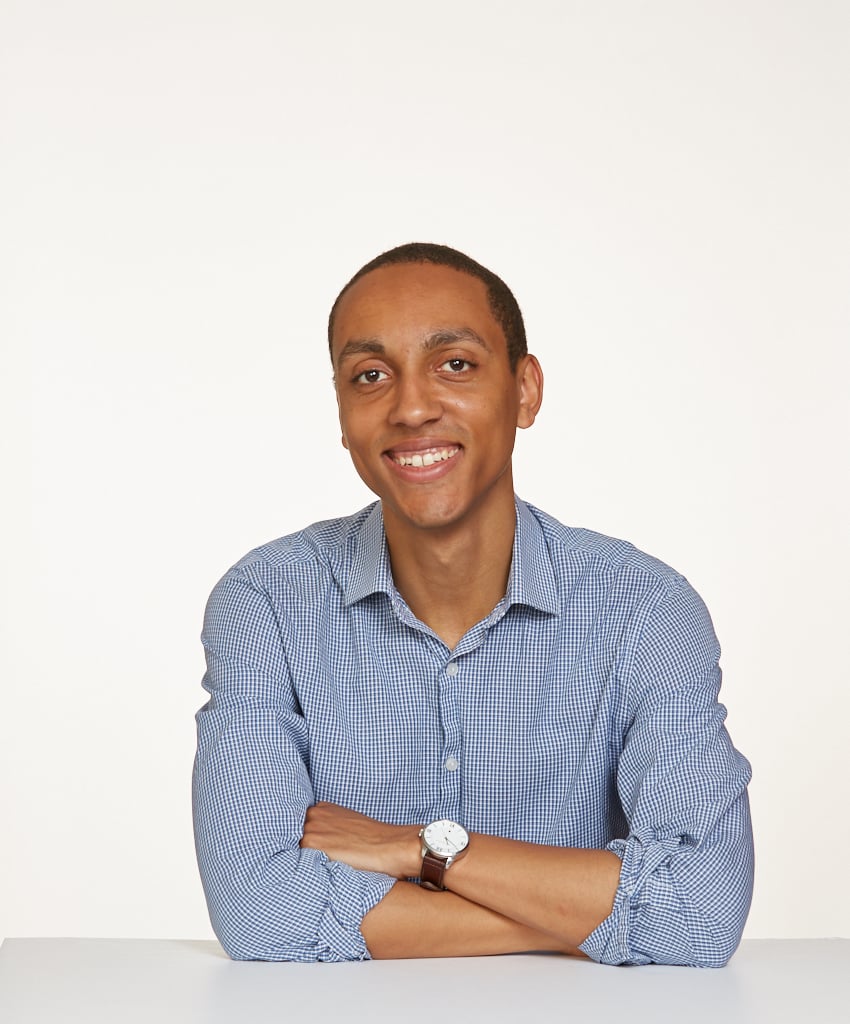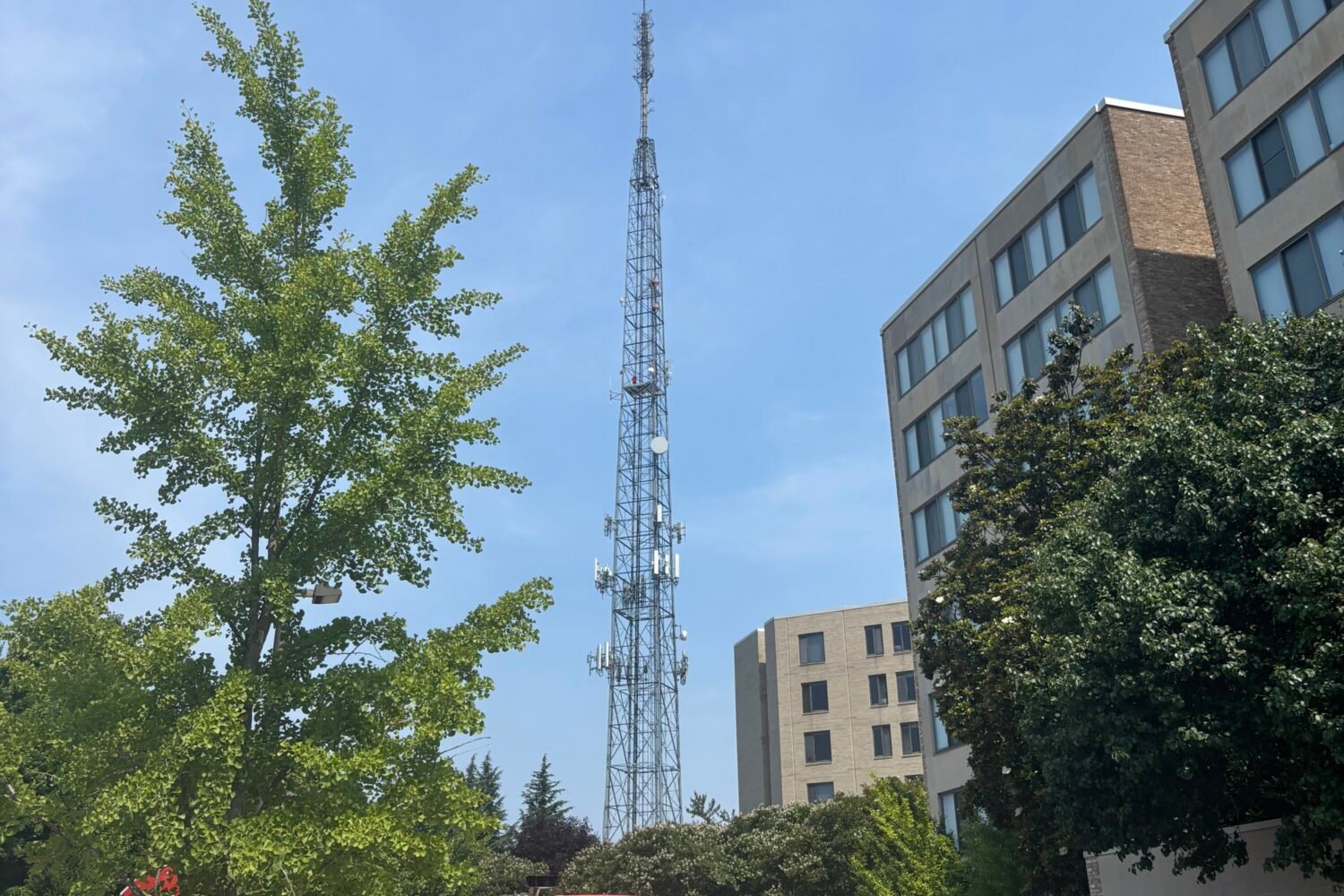Braxton Boren, an assistant professor of audio technology at American University, is all about sound simulations. His research has included such projects as figuring out how many people heard the Sermon on the Mount, and he’s studied the acoustics and architectural design of historic churches from Venice to Mexico City.
A few weeks ago, he won a $50,000 grant from the National Endowment for the Humanities to research Bach. We spoke with the musicologist to find out what exactly that means.
First things first—why should people care about Johann Sebastian Bach today?
I’m in audio technology, so a lot of times my students will ask me similar questions to that. A lot of our students want to go make some awesome beats and make some trap music, or whatever’s the latest craze today, and they don’t want to hear about music that was made hundreds of years ago. But I think from any legitimate point of view, Bach is one of the most significant and influential musicians in the Western tradition, and he influenced basically everyone who came after him.
What got you into researching Bach and the acoustics he worked with?
One of the founders of architectural acoustics was a British architect named Hope Bagenal. He wrote quite a bit about the history of a couple of churches, but especially the St. Thomas Church (Thomaskirche) in Leipzig, which is where Bach recorded almost all of his famous church music during the last 27 years of his life. Bagenal makes a very convincing argument that the acoustics of this particular church are very significant to how Bach was able to compose.
So what were Bagenal’s main findings?
The church itself was quite different 200 years before, when it had been a Catholic church. The church was changed quite a bit during the Lutheran reformation. So, the theological and acoustic issues are intertwined. Bagenal predicted, 67 years ago, that a lot of these churches would have had a reverberation time—which is how long sound remains after you speak or sing—over five seconds, which is quite long and very bad for intelligibility obviously.
How did the Lutherans change the acoustics of the church?
Before the Reformation, the church service itself was in Latin. The Lutherans changed the service to the vernacular in German so that the common people could understand the service. They added a lot of draperies, they added galleries, and ensured clear sight-lines, which would all have the effect of reducing the reverberation times and improving what’s called the acoustic clarity index.
What does your project entail?
My project is to take Bagenal’s intuition and the formulas that were available back when he was doing this, go over to Leipzig, and actually conduct acoustic measurements in the church as it exists now. We can predict pretty accurately what it would sound like and put you in the feet of someone from the congregation, someone in the choir, or Bach himself.
That will help us understand if the reverberation time that Bagenal predicted dropped from over 5 seconds to 2.5 seconds during the Reformation. That would make for a strong argument that the Reformation had a significant impact on the clarity and complexity of music that Bach was able to produce 200 years later.
Are you looking into how many people were in the orchestra during Bach’s time and how that would have changed the sound?
For a while, Bach wrote these cantatas—one every week. They’d perform them every Sunday in church. A very famous musicologist named Joshua Rifkin actually went back in the textual evidence and manuscripts, and he wrote a very convincing argument that there was probably only one voice for each part. A Bach chorus might have actually sounded like a quartet. Nowadays, we’ll hear performances of Bach with 20 basses, and 20 tenors, and 20 people on a part.
So, we’re going to make recordings of a Bach cantata using virtual acoustics; but we’re going to change the choral so there’s one voice on a part, and then record it with three voices on a part to investigate this musicological theory of how many people were singing in the chorus.
Who are you working with and what will the $50,000 allow you to do?
I’m doing this on a team with three other professors at AU, and a team of other researchers around the world. We’ll be recording in Leipzig with a chorus and several instrumentalists that would’ve existed in Bach’s time, and all of them will be wearing headphones, hearing themselves in the reverb time of the church at different points in the past. So they’ll actually be affected by the church acoustics. We’ll also be creating a website so people can hear the churches from different positions and time-periods. Visitors on the site will have visual simulations and can put themselves in the virtual church.
This interview has been edited for clarity and length.



















